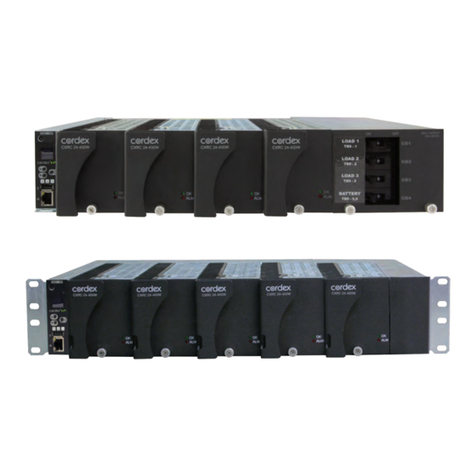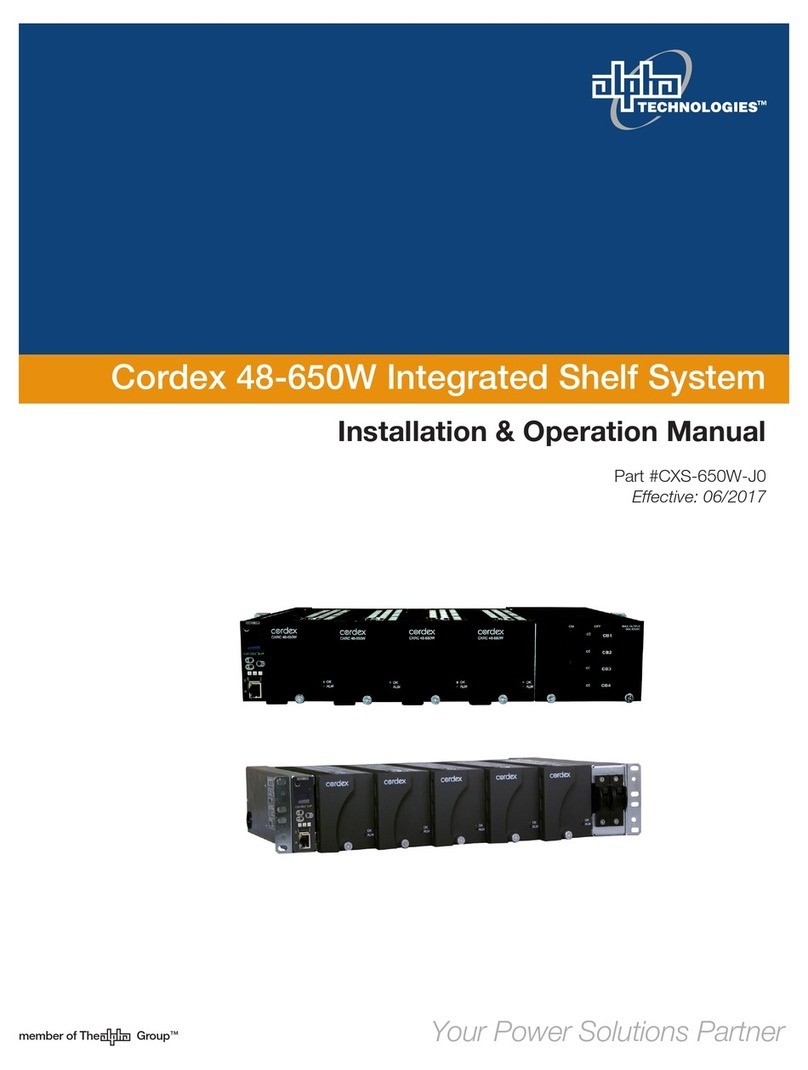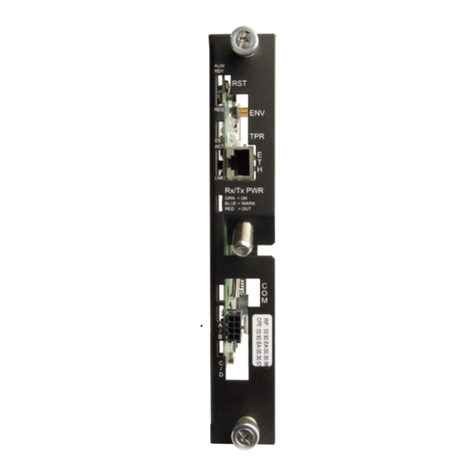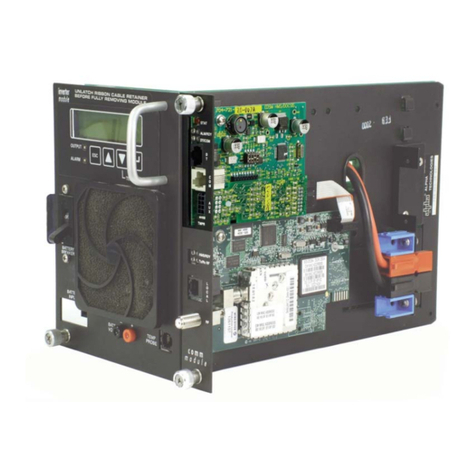
3
0100020-J0 Rev C
6. Inspection............................................................................................................................19
6.1 Packing Materials..................................................................................................................... 19
6.2 Check for Damage ................................................................................................................... 19
6.3 General Receipt of Shipment................................................................................................... 19
7. Installation...........................................................................................................................20
7.1 Safety Precautions................................................................................................................... 20
7.2 Tools Required ......................................................................................................................... 20
7.3 Power System Assembly and Mounting................................................................................... 21
8. Wiring..................................................................................................................................22
8.1 Grounding ................................................................................................................................ 22
8.2 AC Feeder Protection/Sizing.................................................................................................... 22
8.3 AC Input Connections .............................................................................................................. 23
8.4 DC Output Connections ........................................................................................................... 23
8.5 CAN Serial Ports (Rectier Shelf) ............................................................................................ 24
8.6 Shelf ID Connection ................................................................................................................. 25
8.7 Signal Wiring Connections to L-ADIO Board ........................................................................... 26
9. System Startup ...................................................................................................................28
9.1 Check System Connections..................................................................................................... 28
9.2 Verify AC and Power the Rectier Shelf................................................................................... 28
9.3 Triple Check Battery Polarity and Connections........................................................................ 28
9.4 CXC HP Reset ......................................................................................................................... 28
9.5 Rectier Modes ........................................................................................................................ 29
9.6 Factory Ranges and Defaults .................................................................................................. 30
10. Maintenance .....................................................................................................................31
10.2 Spares.................................................................................................................................... 31
10.3 Replacing a Rectier Module ................................................................................................. 32
10.4 Fan Replacement................................................................................................................... 33
10.5 MOV Replacement................................................................................................................. 34
11. Acronyms and Denitions..................................................................................................37
12. Warranty and Service Information ....................................................................................38
13. Certication.......................................................................................................................39































